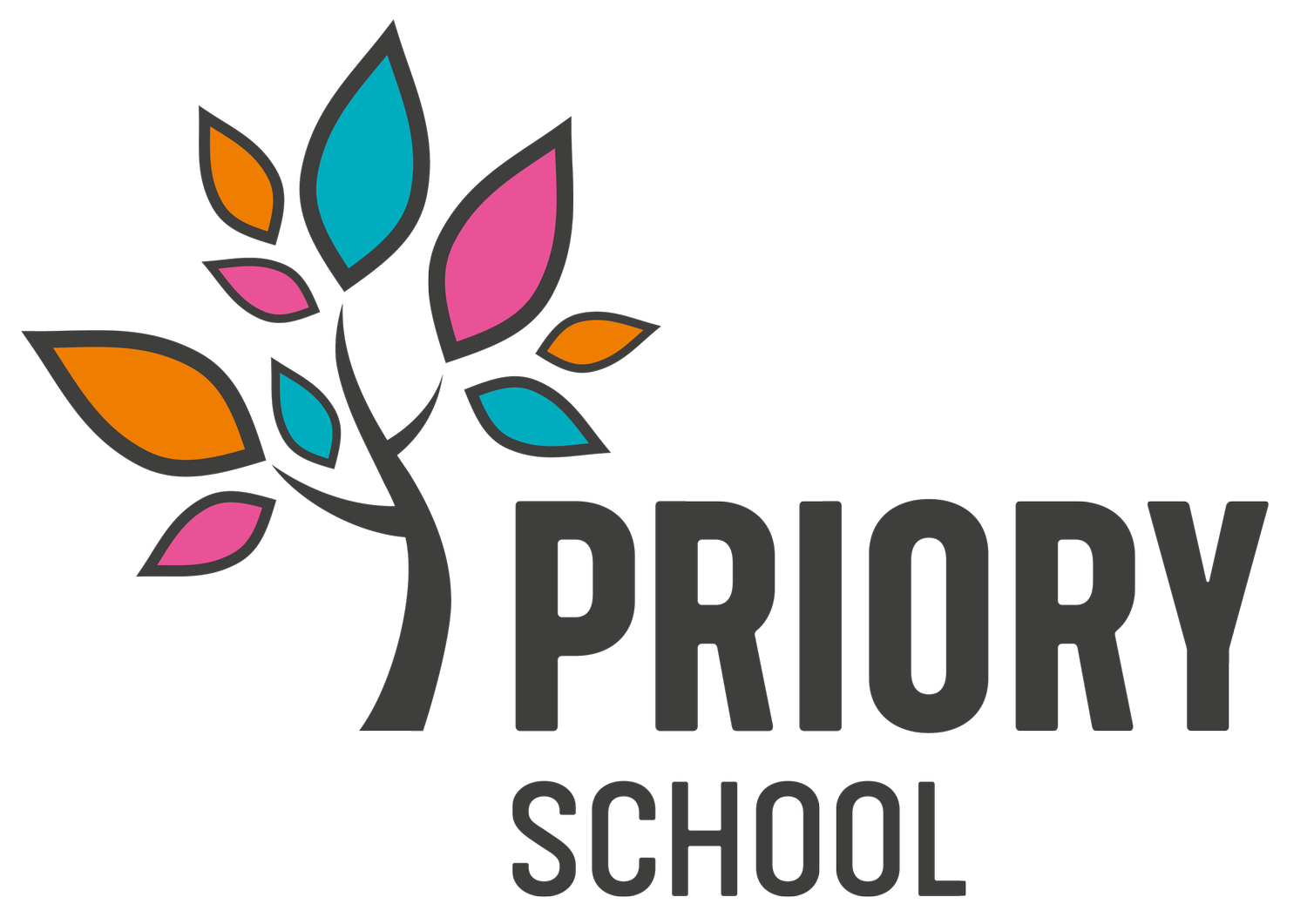
Learner pathways
Learner pathways
The school is divided into a Pathway model of grouping our students to ensure we meet all the needs of our learners, and offer an inclusive environment. We operate five pathways and these are largely based on learning style rather than cognitive ability. Students may switch pathway as their learning needs change throughout their years at Priory.
Pathway 1
Student Profile
Children with moderate learning disabilities
Have a reliable communication system
Can move across the safety of the enclosed school independently
Can work in small groups to learn, working towards or within National Curriculum Levels
Have a likely destination of a local further educational college and/or employment in adulthood.
A desire to socially interact with their peers and form friendship groups independently of adult modelling.
Teaching and Learning Style
Teacher led learning
Small group work
1:1 for work experience
Some element of independent learning
Pathway 2
Student Profile
Children with a range of learning needs including those working towards or within National Curriculum Levels,
Often, but not always have a diagnosis of Autism and requires a structured learning environment,
Works well on a TEACCH system with clear visual timetables and routines
Has communication that may be augmented using communication books, PECS, signing etc.
Learns best in 1:1 environments but can work alongside other students
Requires a degree of modelling to socially interact with peers
High level of therapy input for sensory regulation and communication
May demonstrate some challenging behaviour
Teaching and Learning Style
TEACCH approach
1:1 teaching and learning
Low arousal
Predictable routines and structures
Pathway 3
Student Profile
Complex learning needs
Requires a rich sensory environment
Most likely at an early developmental level
Early communication skills is a key priority for learning
May have higher medical or physical needs
Teaching and Learning Style
Experiential
Rich sensory environment
Intensive Interaction
Small group work
Sixth Form
Student Profile
The classes in Sixth form are formed of mixed pathways from Key Stage 4
For the small number of students where Sixth Form provision is not suitable, they will stay within their Pathway from K4 but will have bespoke opportunities built into their learning to prepare them for adulthood.
Pathway 4
Student Profile
Students with severe learning difficulties
Working at pre national curriculum levels
Severe Learning Difficulties
Able to work in pairs for some learning and community activities
Comprehension of verbal language is significantly impaired
Can follow a single word instruction
Variable communication methods but can get basic needs met, make reliable choices and begins to express an opinion
Behaviour does not disturb the learning of others
Can access the community safely with support
Teaching and Learning Style
Traditional SLD teaching environment
Mixture of circle time, group work and 1:1 learning
Pathway 5
Student Profile
Complex Learning Difficulties, often with Autism
May exhibit significant challenging behaviour
Full range of learning abilities from early development to National Curriculum Levels
Finds change and transitions difficult
Some community access may require higher staffing levels
Does not tolerate group learning or shared attention
Requires a completely bespoke timetable
Communication is often needs led
High occupational therapy input
Minimum of 1:1 staffing at all times
Teaching and Learning Style
Individual timetable
High staffing ratio
Community access for sensory activities e.g. park, swimming, cycling
